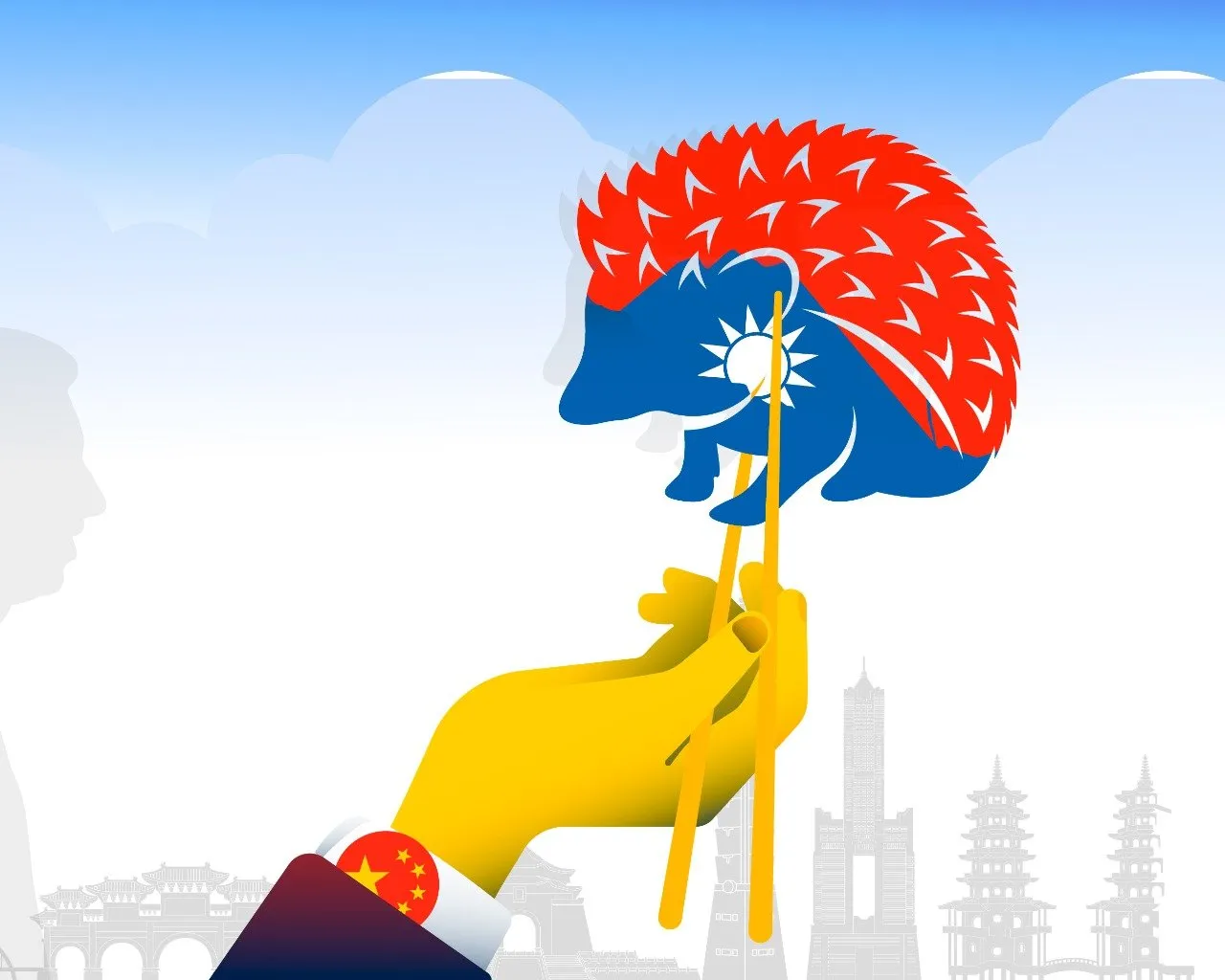War Over Taiwan
CAMBRIDGE – Could the United States and China go to war over Taiwan? China regards the island 90 miles (145 kilometers) off its coast as a renegade province, and President Xi Jinping raised the issue at the recent 20th Congress of the Communist Party of China (CPC). Though Xi said he prefers reunification by peaceful means, his objective was clear, and he did not rule out the use of force. Meanwhile, in Taiwan, the share of the population identifying as solely Taiwanese continues to exceed the share that identifies as both Chinese and Taiwanese.
The US has long tried both to dissuade Taiwan from officially declaring independence, and to deter China from using force against the island. But Chinese military capabilities have been increasing, and US President Joe Biden has now said on four separate occasions that the US would defend Taiwan. Each time, the White House has issued “clarifications” stressing that America’s “one China” policy has not changed.
But China counters that recent high-level US visits to Taiwan are hollowing out that policy. China responded to US Speaker of the House Nancy Pelosi’s trip there in August by firing missiles near the coast of Taiwan. What will happen if Representative Kevin McCarthy becomes speaker of the new Republican-controlled House and carries out his threat to lead an official delegation to the island?
When US President Richard Nixon went to China and met with Mao Zedong in 1972, both countries shared an interest in balancing Soviet power, because both saw the USSR as their largest problem. But now, China has an alignment of convenience with Russia, because both countries see the US as their largest problem.
Still, Nixon and Mao could not agree on the Taiwan issue, so they adopted a formula designed to postpone the matter. The US would accept the claim that people on both sides of the Taiwan Strait were Chinese, and it would recognize only “one China”: the People’s Republic of China on the mainland, not the Republic of China on Taiwan. The two sides bought time for what Mao’s successor, Deng Xiaoping, called the “wisdom of future generations.” It recalls the fable of a medieval prisoner who delays his execution by promising to teach the king’s horse how to speak. “Who knows?” he says. “The king may die; the horse may die; or the horse may speak.”
For five decades, both China and the US benefited from the time they had bought. After Nixon’s visit, the American strategy was to engage China in the hope that increased trade and economic growth would expand its middle class and lead to liberalization. That goal may now sound overly optimistic; but the US policy was not totally naive. As reinsurance, President Bill Clinton reaffirmed the US security treaty with Japan in 1996, and his successor, George W. Bush, improved relations with India. Moreover, there were some signs of liberalization in China at the beginning of this century. Xi, however, has tightened CPC control over civil society and regions like Xinjiang and Hong Kong, as well as signaling his ambition to regain Taiwan.
US relations with China are now at their lowest point in more than 50 years. Some blame former President Donald Trump. But, in historical terms, Trump was more like a boy who poured gasoline on an existing fire. It was Chinese leaders who built the fire with their mercantilist manipulation of the international trading system, theft and coercive transfer of Western intellectual property, and militarization of artificial islands in the South China Sea. The US reaction to these moves has been bipartisan. Not until the end of his second year in office did Biden meet face to face with Xi – at the recent G20 summit in Bali.
The American objective is still to deter China from using force against the island, and to deter Taiwan’s leaders from declaring de jure independence. Some analysts refer to this policy as “strategic ambiguity,” but it might also be described as “double deterrence.” In the months before his assassination, former Japanese Prime Minister Abe Shinzō was urging the US to commit more clearly to defending Taiwan. Other experts, however, fear that such a policy change would provoke a Chinese response, because it would eliminate the ambiguity that allows Chinese leaders to placate nationalist sentiment.
How likely is a conflict? The US chief of naval operations warns that China’s growing naval power may tempt it to act soon in the belief that time is not on its side. Others believe that Russian President Vladimir Putin’s failure in Ukraine has made China more cautious, and that the country will wait until after 2030. Even if China eschews a full-scale invasion and merely tries to coerce Taiwan with a blockade or by taking an offshore island, a ship or aircraft collision could change things quickly, especially if there is loss of life. If the US reacts by freezing Chinese assets or invoking the Trading with the Enemy Act, the two countries could slip into a real (rather than a metaphorical) cold war, or even a hot one.
In the absence of the Taiwan issue, the US-China relationship fits the model of what former Australian Prime Minister Kevin Rudd calls “managed strategic competition.” Neither country poses a threat to the other in the way that Hitler’s Germany did in the 1930s or Stalin’s Soviet Union did in the 1950s. Neither is out to conquer the other, nor could they. But a failure to manage the Taiwan issue could turn the conflict into an existential one.
The US should continue to discourage formal Taiwanese independence, while helping Taiwan become a difficult-to-swallow “porcupine.” It should also work with allies to strengthen naval deterrence in the region. But it must avoid openly provocative actions and visits that might cause China to accelerate any plans for an invasion. As Nixon and Mao recognized long ago, there is much to be said for strategies and diplomatic arrangements that buy time.
Copyright: Project Syndicate, 2022.
www.project-syndicate.org








